
All categories
Featured selections
Trade Assurance
Buyer Central
Help Center
Get the app
Become a supplier

(8244 products available)









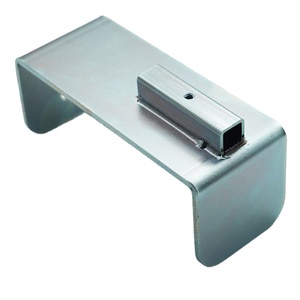
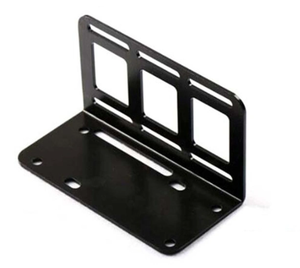
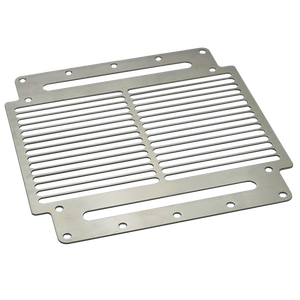

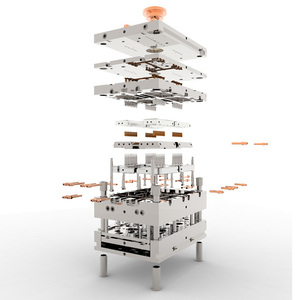

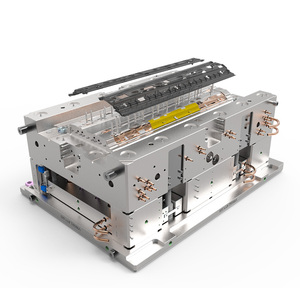











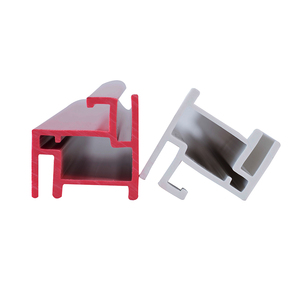
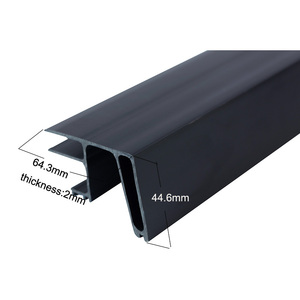



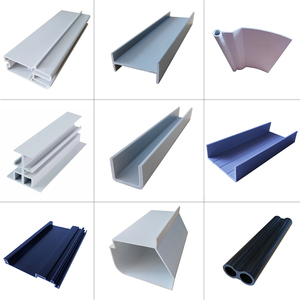










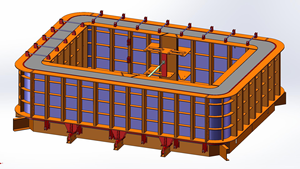


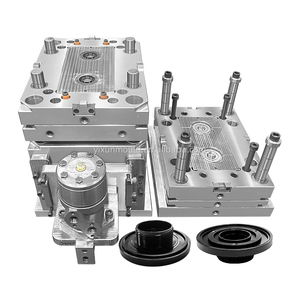





There are many types, and they are selected based on the project at hand and the complexity of the mould required.
Some common moulding tools and equipment are as follows:
These tools are petrol-driven, and most of them include simple hand tools such as trowels, chisels, and hammers. These types of tools are very suitable for small jobs or projects where high precision cutting is required. These tools are widely used in furniture making, building construction, and automotive industries.
The moulding machine is a key equipment since it automates the process. These machines are used for mass production, and they are also used for repetitive work. The common type of moulding machine includes vertical, horizontal, and CNC moulding machines. CNC machines can do precise work, and they are widely used in industries such as aerospace, electronics, and automotive due to their efficient services.
These machines melt the materials, and then they inject them into the moulds. It is one of the most common processes in manufacturing. Other machines have great production capabilities and are primarily used to produce plastic parts. These machine's ideal clients are automotive, consumer goods, and electronics industries.
These machines heat the plastic sheets, and then they form them into the desired shape. The machines are best in low-cost production and quick turnarounds. Plastic packaging, disposable cutlery, and medical trays are commonly produced using this method.
3D printing has changed the moulding process quite a lot. It has also made it possible to create complex designs without even using a mould. This technology is quite helpful in prototyping. It gives businesses the opportunity to test their products before mass molding. It is very widely used in industries such as design, architecture, and even medical equipment manufacturing.
Moulding tools are widely used in construction. Work is mostly done by workers with hand tools and moulding machines to create ornate designs for ceilings, baseboards, and window frames. Thus, they add value and beauty to any building. Thus, they are preferred in new constructions as well as renovation projects.
Several tools are used to make complex mould designs on cabinets, chairs, and tables. They are also used to give an added beauty to the wooden parts. Also, they help produce high-quality furniture with fine details. Just as in the previous industry, the tools are preferred during customization and mass production.
Workers in the automotive industry have to use injection moulding machines to make several car parts. For instance, dashboards, seats, and external parts are made using plastic through the injection moulding process. The automotive industry prefers such machines due to their efficiency and capacity to produce complicated parts.
Common items such as kitchenware, electronics casings, and toys are made using injection moulding machines in the consumer goods industry. These industries demand high levels of productivity and provide consistency. Thus, they heavily depend on moulding tools to produce these goods.
The packaging industry also uses thermoforming machines and injection moulding machines to produce plastic containers, bottles, and packaging trays. Just like the other industries, these industries need quick production and high efficiency. They also prefer using automated moulding tools.
This industry uses CNC moulding machines to produce lightweight and complex components. Note that due to the precision of the parts in this industry, they have to depend on advanced moulding techniques. Such techniques include CNC machining and injection moulding.
Medical equipment and implants depend highly on injection moulding machines and 3D printing. They use these machines to make surgical instruments, implants, and diagnostic devices. These machines are a great help in producing items with complicated shapes while also ensuring hygiene.
This decision depends on a few factors. Some of these factors include the material to be used, the volume of production, the complexity of the design, and of course, the budget. Below are more factors to consider:
The first step should be identifying project requirements. So one has to consider the type of material to be used here. Moulding tools usually range from plastics, metals, and even wood to be used. Each material requires a specific type of equipment. For example, metalwork requires CNC moulding tools, while plastics require Injection and thermoforming machines.
As for production volume, it will further determine the choice of equipment. Manual tools should be used for small-scale projects. Automating moulding tools should be used for large production. The demand should also be considered. High demand means high production capacity. Therefore, high production capacity means high demand for moulding tools.
How complex the moulding design is will also affect the choice of equipment. Simple designs can just use basic hand tools or even simple moulding machines. However, complex designs will need advanced equipment like CNC machines or injection moulding machines. Choosing the right equipment will ensure accuracy and avoid failures.
There is always a budget when it comes to these things. Of course, high-end technologies and equipment like CNC moulding and injection machines will definitely cost a lot. On the other hand, hand tools and basic machines will cost less. So one should weigh the cost versus the benefits before choosing the terms.
There are always new moulding technologies introduced with time. For instance, 3D printing is an additive manufacturing technology that does not require a mould. It provides more freedom when designing. This technology can even be used in prototyping and mass production as long as there is affordability and the right resources.
Furniture manufacturing depends on moulding tools to produce intricate design elements. Such design elements include trims, patterns, and shapes on wooden products. Most of the work is done by hand and machines to ensure accuracy. These tools also ensure that the finished product has more precision, better aesthetics, and a higher quality.
Moulding tools are made of different materials, and each material has been specially designed for specific work. Metal tools work well with tougher materials. On the other hand, plastic materials are lightweight and therefore easy to break. The plastic ones are also more affordable. Note that other materials require special treatment with high-quality steel alloy tools.
Every buyer should replace their old moulding tools and machines with new ones that have a sustainable approach. Also, use tools that consume less power to reduce energy usage. For industries like furniture that use wood, the source of wood also has to be considered to avoid using wood from illegal sources.
Technology has greatly affected moulding tools. For example, the introduction of CNC machines enables precision work and automatically captures data. Another example is 3D printing, which eliminates the need for traditional moulds. Buyers can even customize these advanced tools through software.
In the construction industry, both manual and power tools are used. This equipment helps to form and fix the design of the materials used in construction. The tools help in designing key materials in construction, such as trims and ceiling designs.